Home>Gardening & Outdoor>Landscaping Ideas>What To Call The Strip Of Grass Between The Sidewalk And The Street
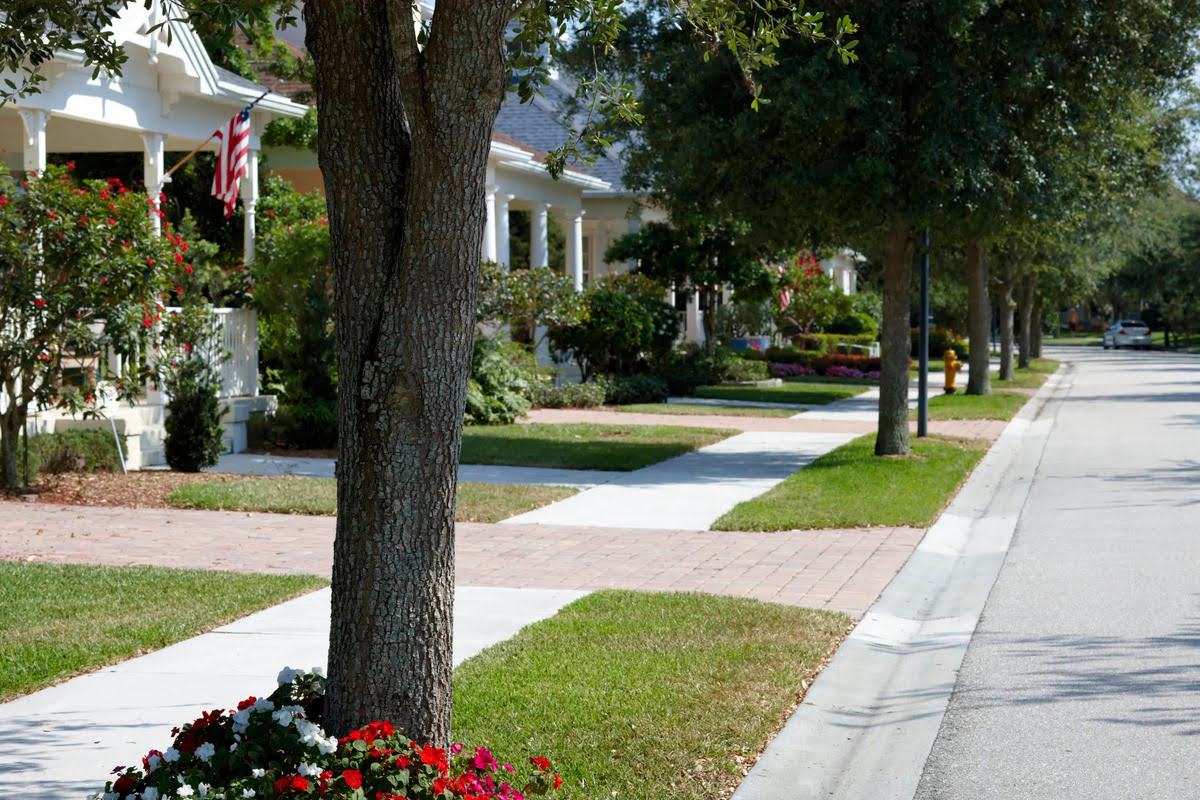

Landscaping Ideas
What To Call The Strip Of Grass Between The Sidewalk And The Street
Published: January 26, 2024
Discover creative landscaping ideas for the strip of grass between the sidewalk and the street. Enhance curb appeal with our expert tips and inspiration.
(Many of the links in this article redirect to a specific reviewed product. Your purchase of these products through affiliate links helps to generate commission for Storables.com, at no extra cost. Learn more)
Introduction
The grass strip, that narrow stretch of greenery between the sidewalk and the street, serves as a vital component of urban and suburban landscaping. Despite its modest dimensions, this unassuming strip of land plays a crucial role in enhancing the aesthetic appeal, environmental sustainability, and overall functionality of our neighborhoods. It is often referred to by a variety of names, each reflecting the diverse perspectives and regional nuances prevalent in different communities. In this article, we will explore the history, common names, environmental benefits, and maintenance challenges associated with this often-overlooked feature of the urban landscape. Join us as we delve into the fascinating world of the grass strip and gain a deeper appreciation for this ubiquitous yet underappreciated element of our surroundings.
Key Takeaways:
- The grass strip, found between sidewalks and streets, has a rich history and many names like “tree lawn” and “boulevard,” reflecting the diverse cultures and environmental benefits it provides to urban areas.
- While the grass strip offers environmental benefits like managing stormwater and supporting biodiversity, it also requires careful maintenance to thrive, including irrigation, mowing, and addressing environmental stressors.
The History of the Grass Strip
The concept of the grass strip can be traced back to the early 20th century when urban planners and landscape architects sought to introduce green spaces into burgeoning cityscapes. As cities expanded and streets became increasingly crowded with vehicular traffic, the need for a buffer between pedestrians and the road became evident. This led to the incorporation of the grass strip, which not only served as a safety measure but also contributed to the beautification of urban environments.
Initially, the grass strip was a simple and practical solution to delineate pedestrian walkways from the roadway. Over time, its role evolved to encompass environmental considerations, such as stormwater management and urban heat island mitigation. The grass strip became recognized as a multifunctional element that could enhance the overall livability of urban areas.
Furthermore, the history of the grass strip is intertwined with the evolution of urban planning and landscaping practices. As sustainability and ecological consciousness gained prominence, the grass strip emerged as an essential component of green infrastructure, contributing to the ecological health of urban ecosystems.
Today, the grass strip stands as a testament to the enduring significance of integrating natural elements into urban landscapes. Its evolution reflects the progressive mindset of communities striving to strike a harmonious balance between urban development and environmental preservation.
Common Names for the Grass Strip
The grass strip, that slender expanse of greenery adorning the urban thoroughfare, is known by a multitude of names across different regions and cultures. This diversity of nomenclature reflects the rich tapestry of linguistic and vernacular traditions that characterize our communities. While the term “grass strip” is widely used, various alternative names have emerged, each encapsulating the unique essence of this urban landscape feature.
One commonly used term for the grass strip is the “tree lawn,” particularly prevalent in the Midwest and Northeastern regions of the United States. This designation emphasizes the strip’s function as a space for planting trees, contributing to the visual appeal and ecological vitality of the surrounding area.
In some areas, the grass strip is referred to as the “verge,” a term derived from Old French and Middle English, denoting a border or edge. This name underscores the strip’s role as a demarcation between the pedestrian walkway and the roadway, serving as a protective barrier and enhancing pedestrian safety.
Another widely recognized term is the “boulevard,” which often denotes a wider grass strip that may include trees, shrubs, and other landscaping elements. This appellation is commonly used in North America and conveys a sense of grandeur and elegance, evoking images of stately avenues adorned with verdant foliage.
Additionally, the grass strip is known as the “parking strip” in certain regions, highlighting its function as a space for on-street parking in addition to its aesthetic and environmental contributions.
Furthermore, colloquial terms such as “devil strip” in Ohio and “boulevard strip” in parts of the Midwest showcase the regional variations in naming conventions, adding a touch of local flavor to the lexicon of urban landscaping terminology.
These diverse names not only reflect the functional and aesthetic aspects of the grass strip but also underscore the cultural and regional nuances that shape our perceptions of the urban environment. The multitude of names for this seemingly unassuming feature serves as a testament to the rich linguistic tapestry that enriches our everyday surroundings.
Consider planting low-maintenance, drought-resistant plants like ornamental grasses or ground cover to reduce maintenance and water usage.
Environmental Benefits of the Grass Strip
Beyond its visual appeal and functional role in urban landscapes, the grass strip offers a myriad of environmental benefits that contribute to the sustainability and ecological balance of our communities. This slender stretch of greenery serves as a dynamic component of urban ecosystems, playing a pivotal role in mitigating environmental challenges and enhancing the overall well-being of the surrounding area.
One of the primary environmental benefits of the grass strip lies in its capacity for stormwater management. By absorbing and filtering rainwater, the grass strip helps to reduce runoff and alleviate the strain on urban drainage systems. This natural form of water retention not only minimizes the risk of flooding but also contributes to groundwater recharge, supporting the health of local aquifers and water tables.
Furthermore, the grass strip serves as a crucial element in urban heat island mitigation. Through the process of evapotranspiration, where plants release water vapor through their leaves, the grass strip helps to cool the surrounding environment, counteracting the heat retention properties of built surfaces. This natural cooling effect contributes to a more temperate microclimate, reducing energy consumption for air conditioning and enhancing outdoor comfort for pedestrians and residents.
Moreover, the grass strip plays a vital role in supporting biodiversity within urban areas. By providing a habitat for various flora and fauna, including insects, birds, and small mammals, it contributes to the ecological richness of the urban landscape. This biodiversity not only enriches the local environment but also fosters educational and recreational opportunities for community members, promoting a deeper connection to the natural world.
Additionally, the grass strip contributes to air quality improvement by capturing airborne pollutants and particulate matter, thereby enhancing the overall environmental health of urban neighborhoods. Its role in carbon sequestration further underscores its contribution to mitigating the impacts of climate change and promoting ecological resilience within urban settings.
By recognizing and harnessing the environmental benefits of the grass strip, communities can leverage this unassuming feature to enhance the ecological sustainability and livability of their urban environments. Through thoughtful design, maintenance, and stewardship, the grass strip can continue to serve as a vital ally in the collective endeavor to create resilient and harmonious urban landscapes.
Challenges and Maintenance of the Grass Strip
While the grass strip offers a host of environmental and aesthetic benefits, its maintenance presents a set of unique challenges that require thoughtful consideration and proactive management. The delicate balance between preserving the functionality and visual appeal of the grass strip while addressing its maintenance needs is essential for sustaining its positive impact on the urban landscape.
One of the primary challenges associated with the grass strip is the need for consistent irrigation and water management, particularly in regions prone to drought or water scarcity. Ensuring adequate hydration for the vegetation while minimizing water waste demands strategic planning and efficient irrigation systems that align with sustainable water practices.
Furthermore, the grass strip requires regular mowing and upkeep to maintain a neat and orderly appearance. This necessitates the use of appropriate landscaping equipment and the implementation of a consistent maintenance schedule to prevent overgrowth and preserve pedestrian access along the sidewalk.
In urban environments, the grass strip is often exposed to vehicular emissions, foot traffic, and other sources of environmental stress, which can impact the health and vitality of the vegetation. Addressing soil compaction, air pollution, and the effects of urban encroachment is essential to safeguarding the resilience of the grass strip and sustaining its environmental benefits.
Additionally, the presence of invasive plant species and pest infestations poses a recurring challenge to the maintenance of the grass strip. Implementing integrated pest management strategies and promoting biodiversity through thoughtful plant selection can help mitigate these issues while fostering a healthy and resilient ecosystem within the grass strip.
Moreover, community engagement and stewardship play a crucial role in the maintenance of the grass strip. Encouraging public participation in beautification efforts, ecological education, and collaborative maintenance initiatives can foster a sense of ownership and pride in the upkeep of this shared urban asset.
By addressing these challenges through informed maintenance practices and community involvement, the grass strip can continue to thrive as a resilient and beneficial component of the urban landscape. Embracing sustainable maintenance strategies and recognizing the value of this green corridor enriches the urban experience and contributes to the well-being of communities.
Read more: How To Edge Grass Along Sidewalk
Conclusion
The grass strip, an unassuming yet indispensable feature of urban and suburban landscapes, embodies a multifaceted tapestry of history, nomenclature, environmental benefits, and maintenance considerations. From its humble origins as a safety buffer to its contemporary role as a vital component of green infrastructure, the grass strip has evolved to become a symbol of the harmonious coexistence between urban development and natural elements.
Exploring the diverse names used to describe this verdant thoroughfare reveals the rich linguistic and cultural diversity that enriches our urban environments. Whether known as the tree lawn, verge, boulevard, or by a colloquial regional moniker, the grass strip embodies the collective identity and local character of the communities it adorns.
Furthermore, the environmental benefits offered by the grass strip underscore its invaluable contribution to the ecological health and sustainability of urban landscapes. From stormwater management and urban heat island mitigation to biodiversity support and air quality improvement, the grass strip serves as a dynamic ally in the collective pursuit of resilient and livable urban environments.
Despite the challenges associated with its maintenance, the grass strip presents an opportunity for communities to embrace sustainable practices, foster community engagement, and enhance the overall well-being of their neighborhoods. By recognizing the importance of proactive maintenance and stewardship, communities can ensure that the grass strip continues to thrive as a vibrant and beneficial element of the urban fabric.
In conclusion, the grass strip stands as a testament to the enduring synergy between urban development and natural elements, weaving together history, culture, and environmental stewardship in a seamless tapestry. Its presence enriches our daily experiences, fosters ecological resilience, and inspires a deeper connection to the natural world within the urban landscape. As we navigate the complexities of urban living, let us cherish and nurture the grass strip as a symbol of our commitment to harmonious coexistence and sustainable urbanism.
Frequently Asked Questions about What To Call The Strip Of Grass Between The Sidewalk And The Street
Was this page helpful?
At Storables.com, we guarantee accurate and reliable information. Our content, validated by Expert Board Contributors, is crafted following stringent Editorial Policies. We're committed to providing you with well-researched, expert-backed insights for all your informational needs.
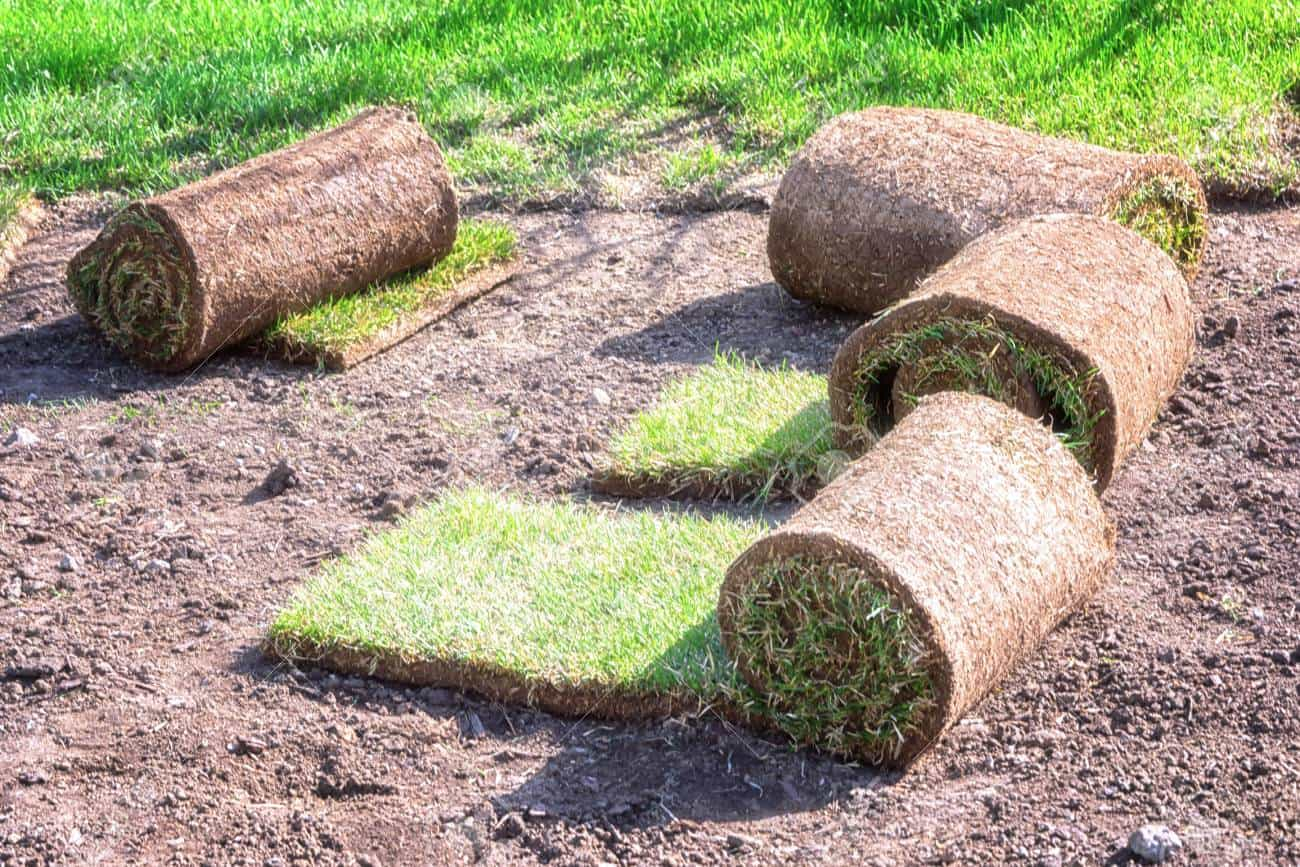
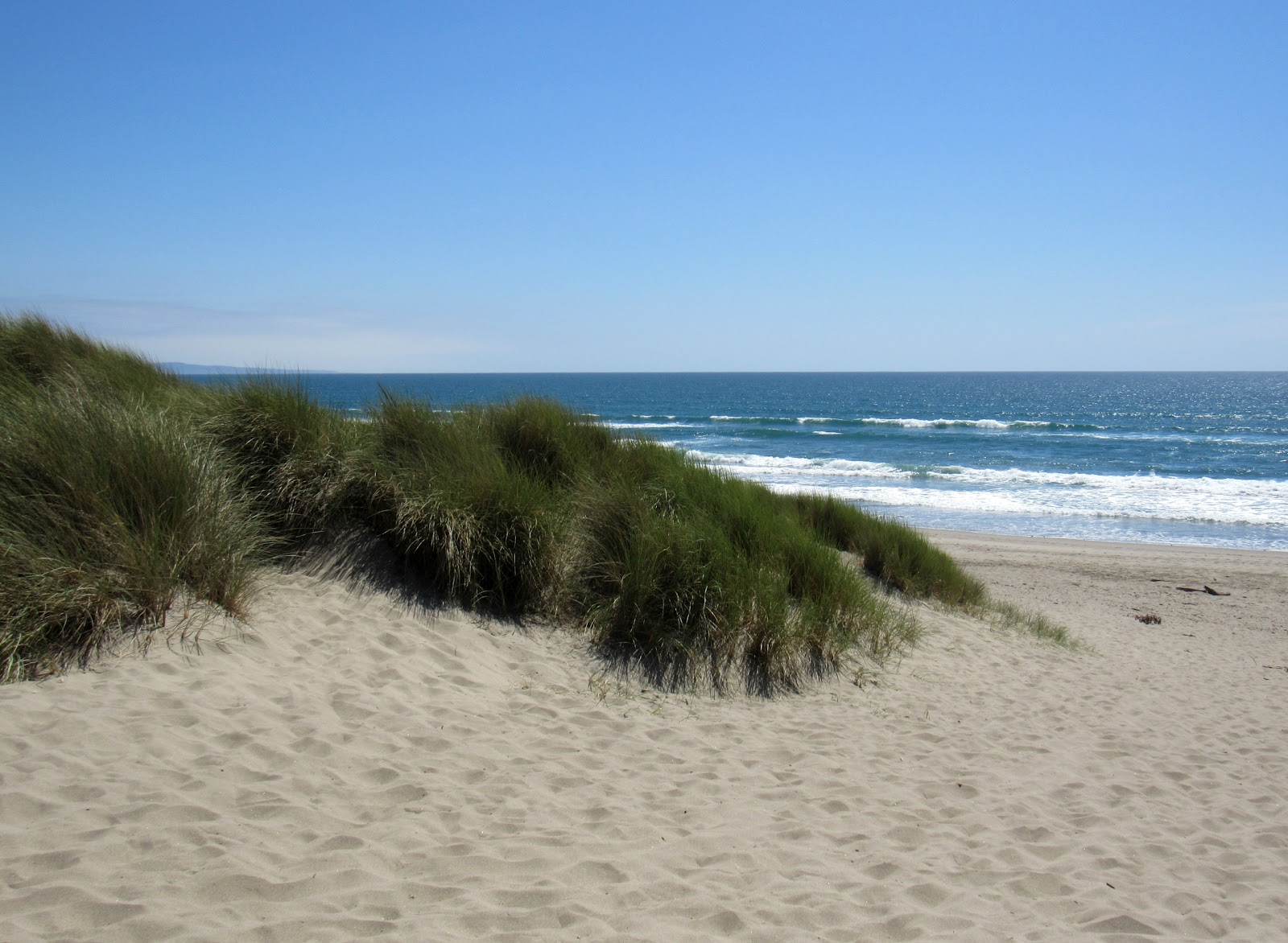
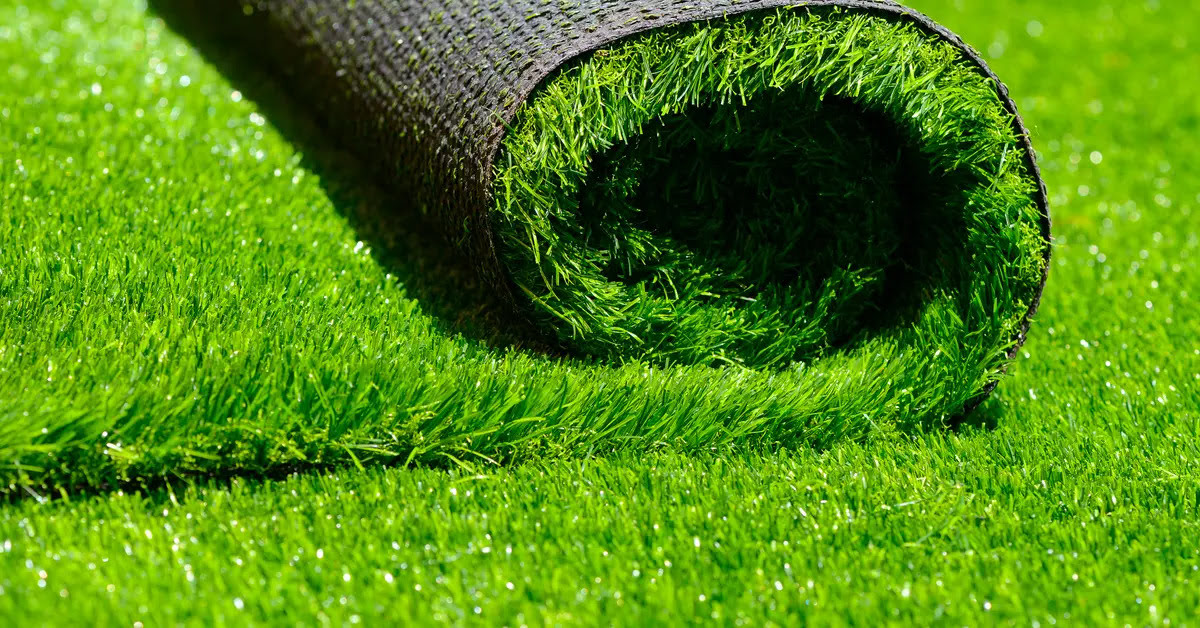
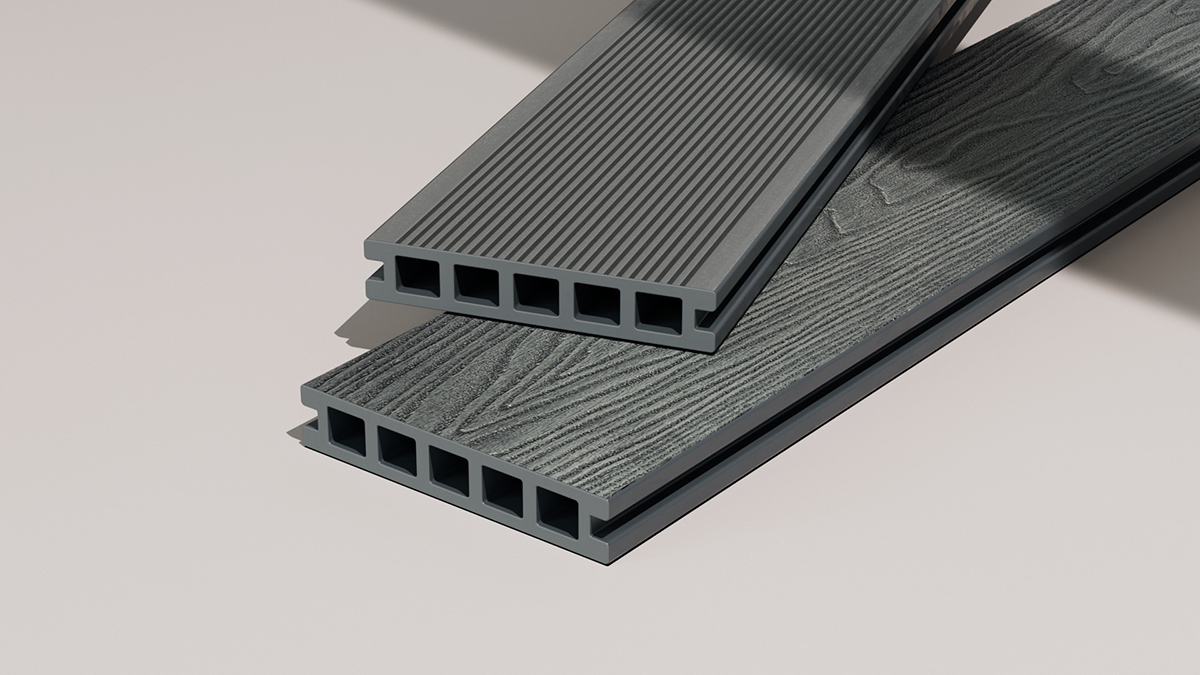
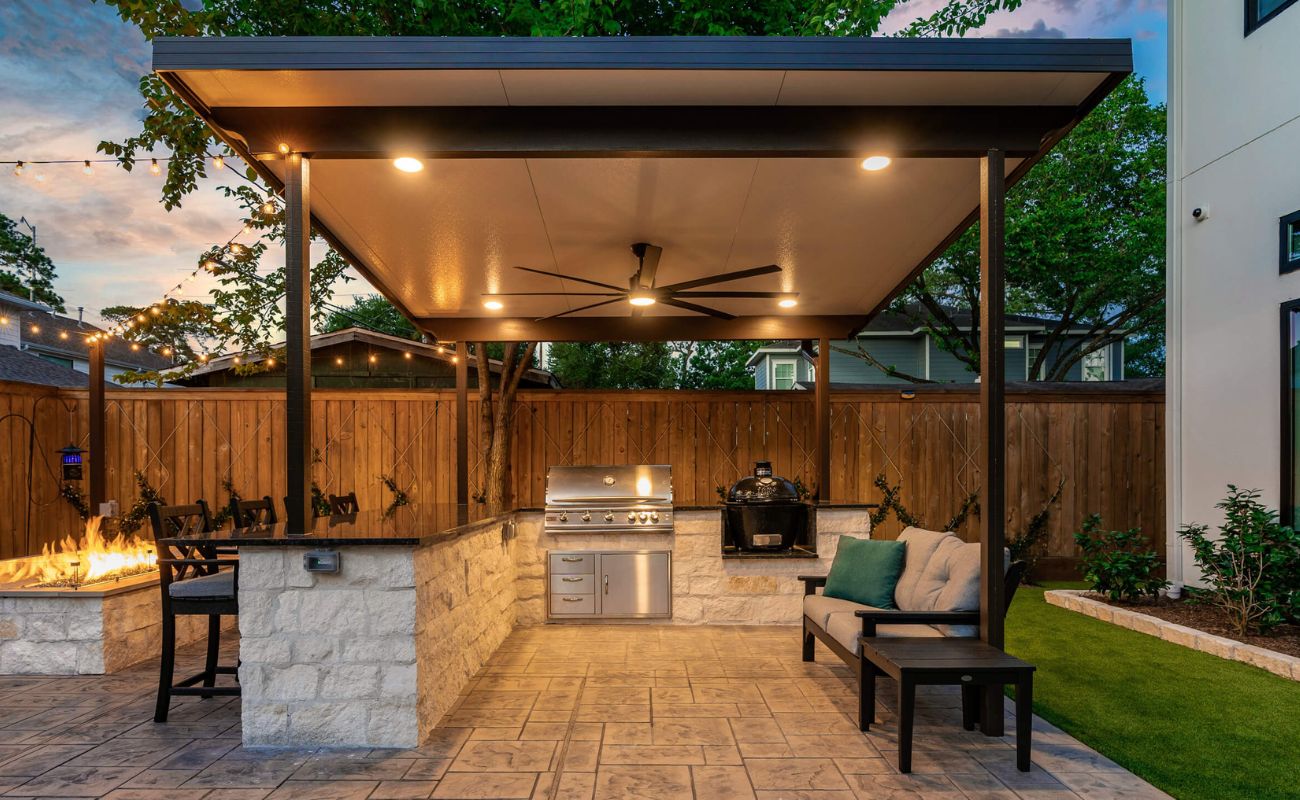
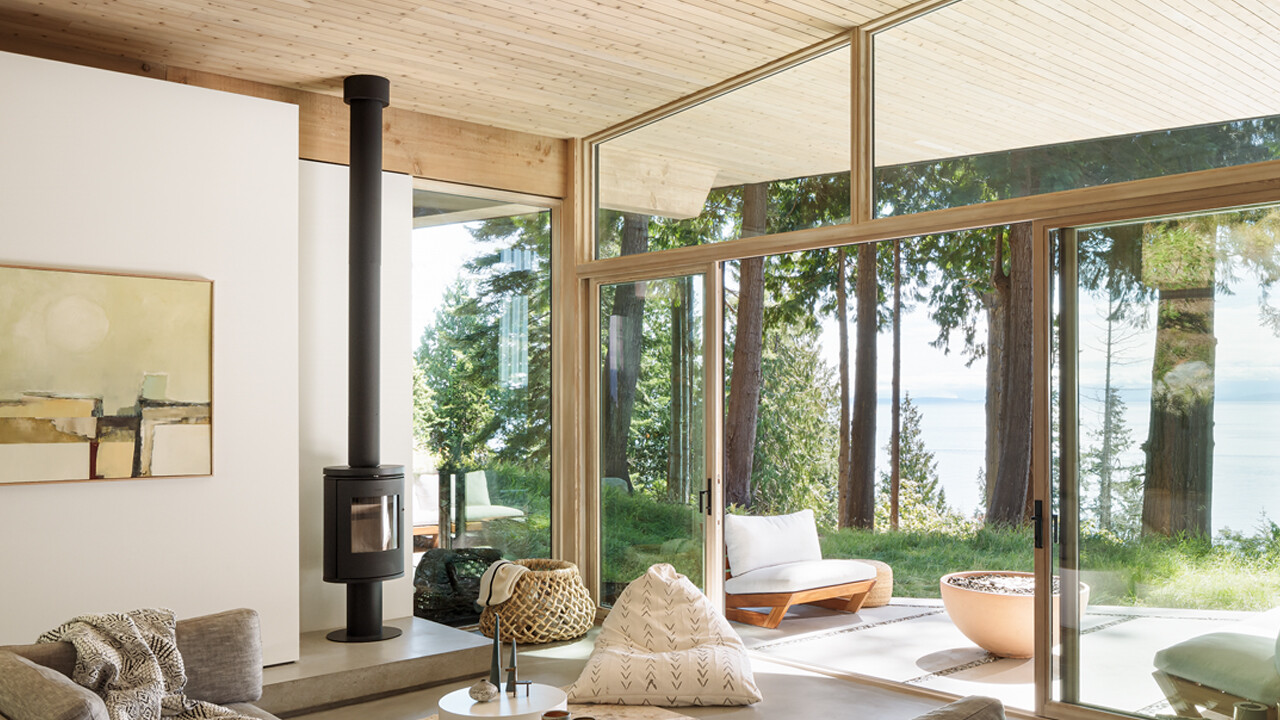
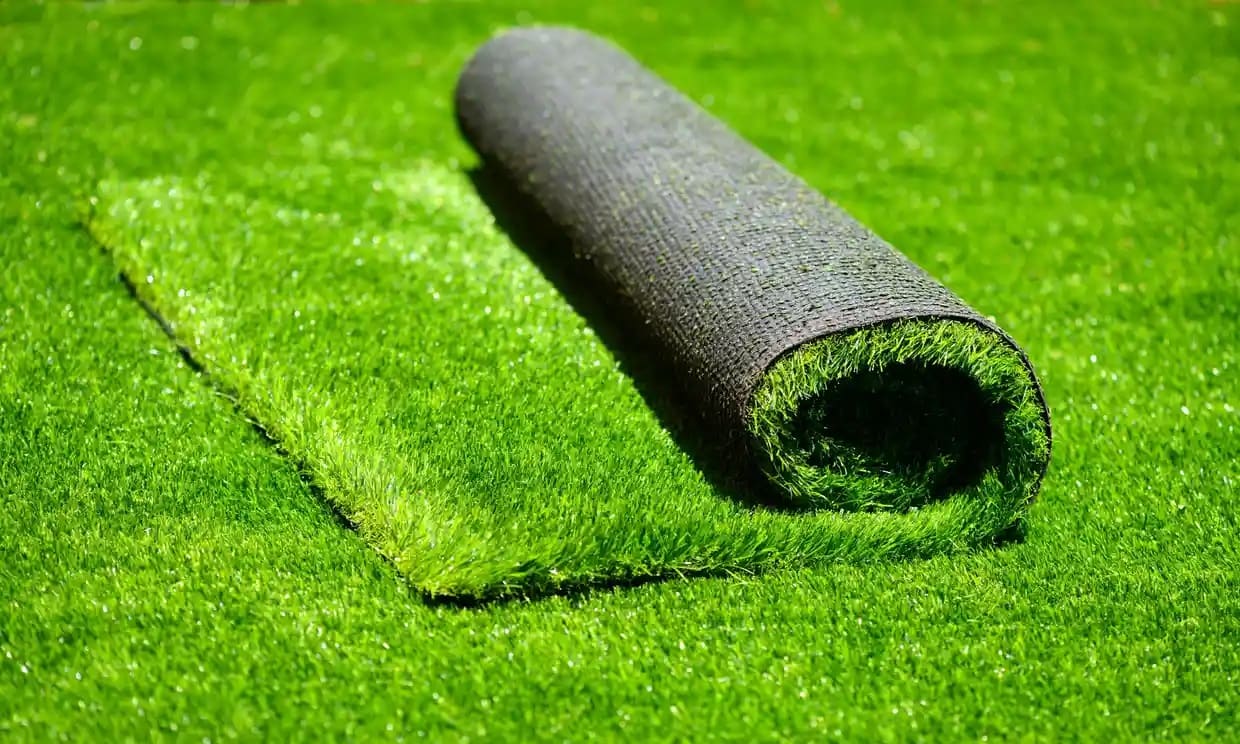
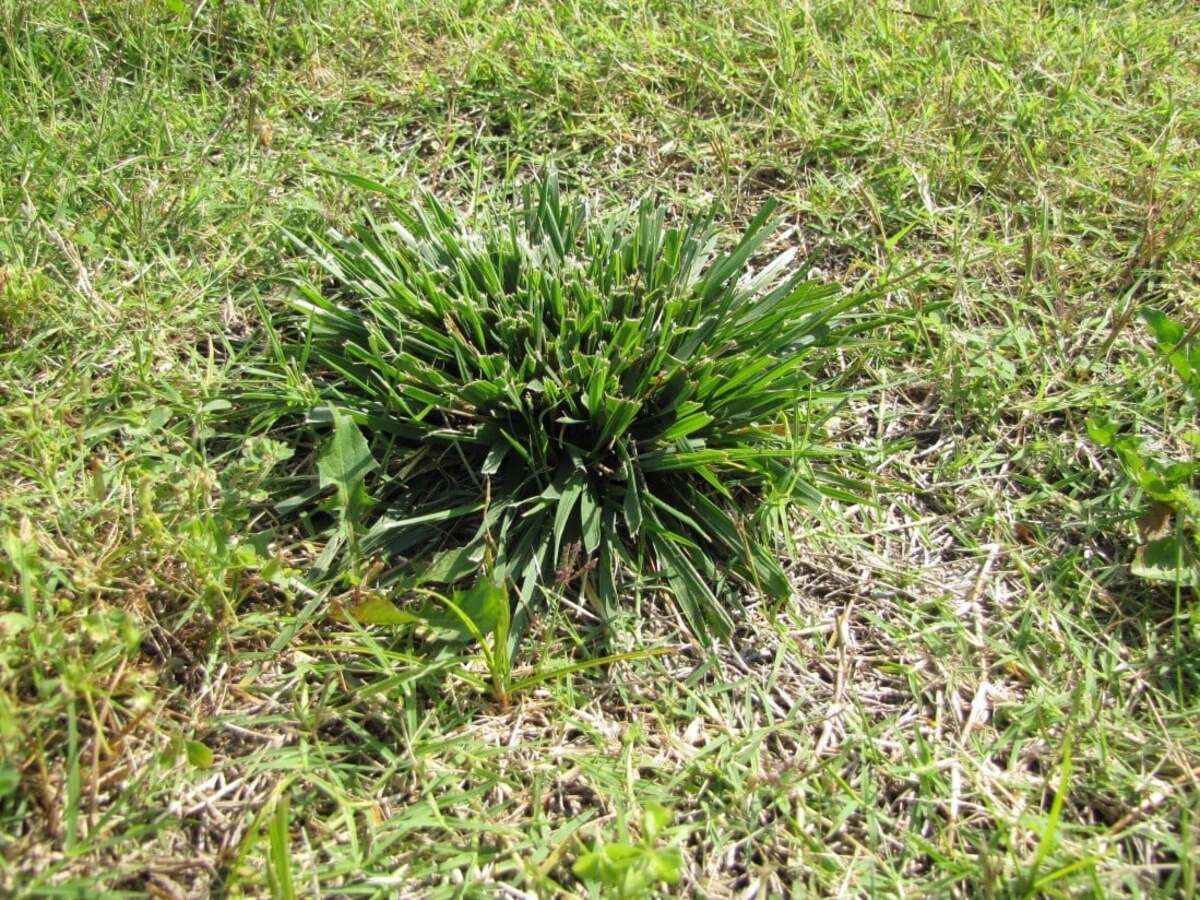
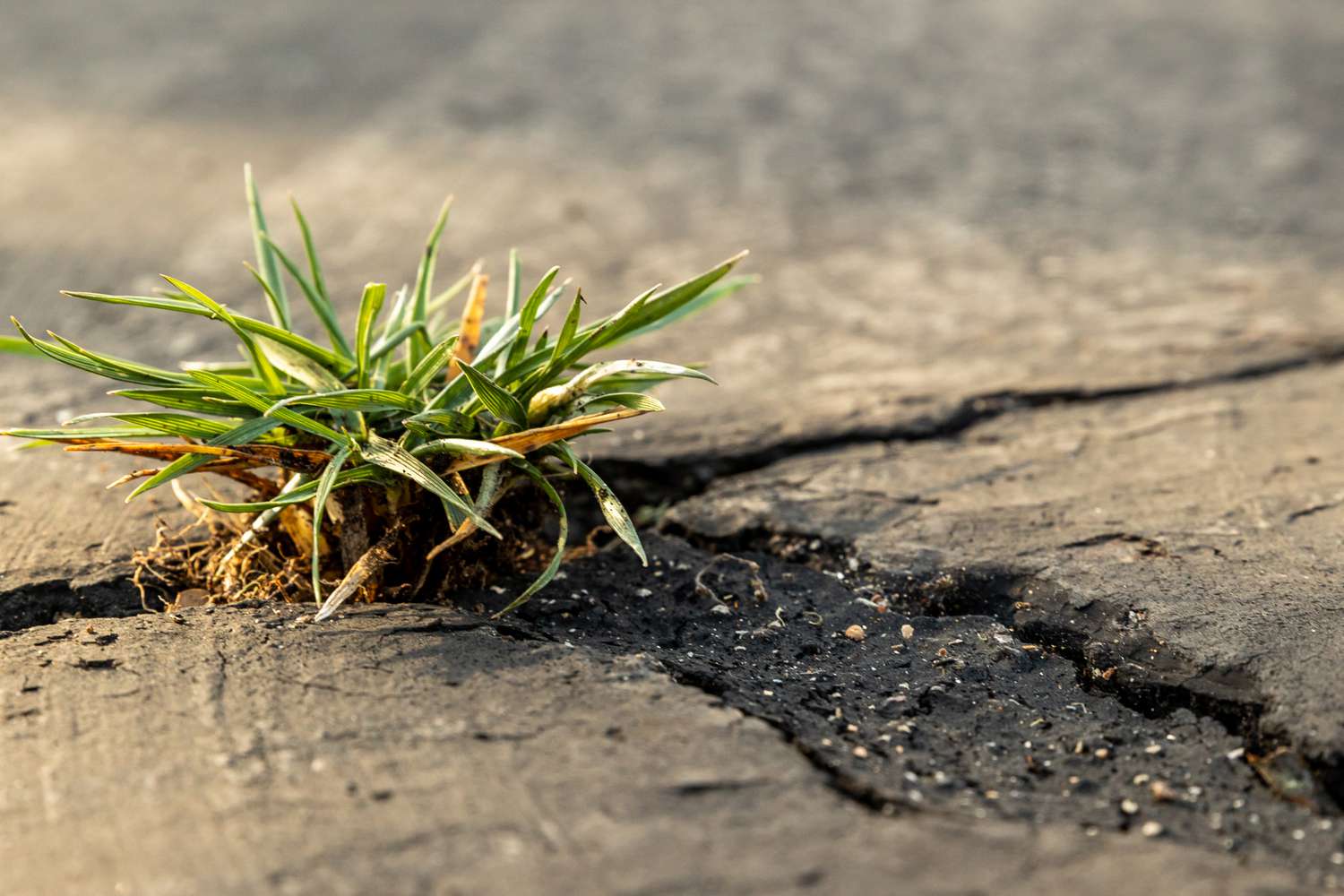
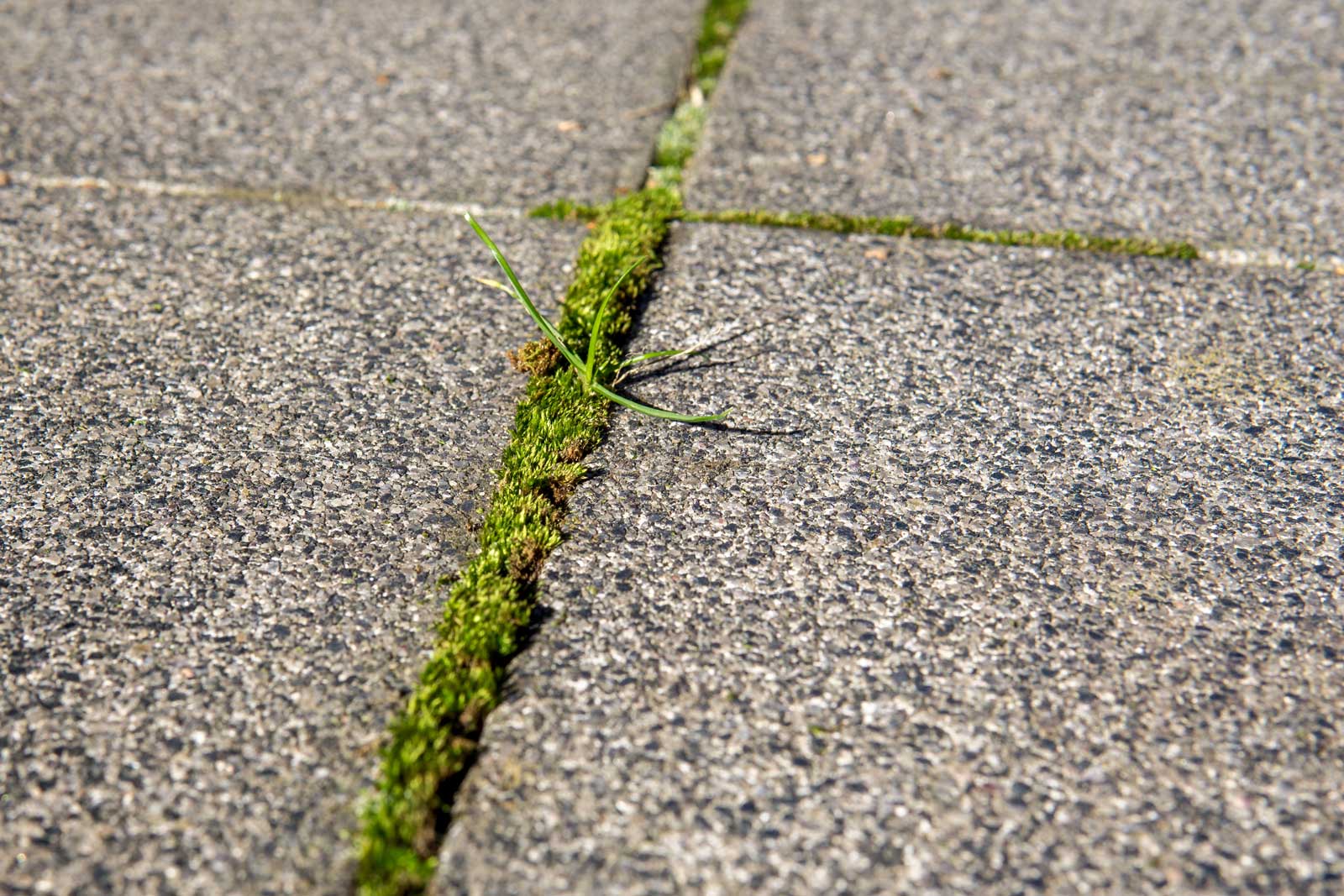
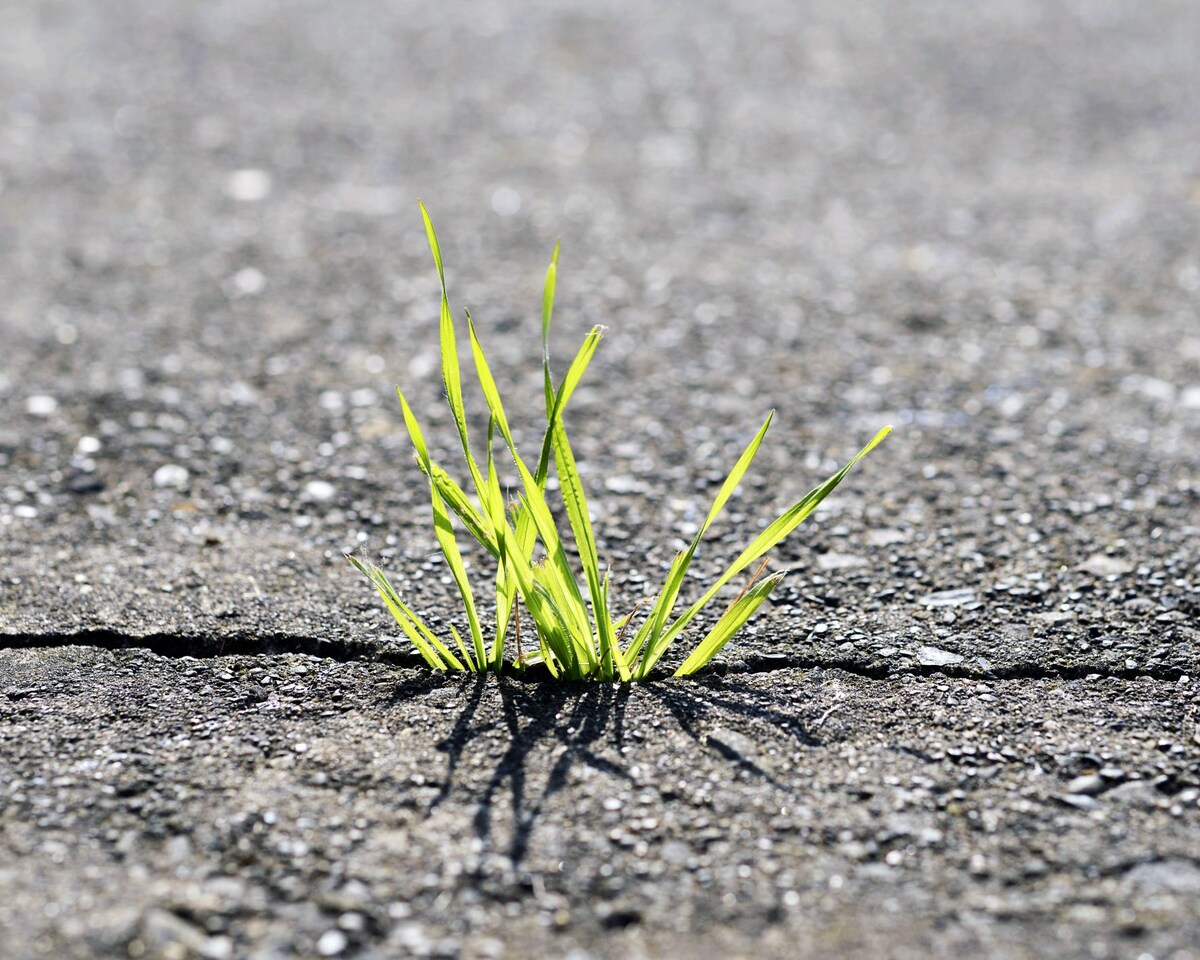
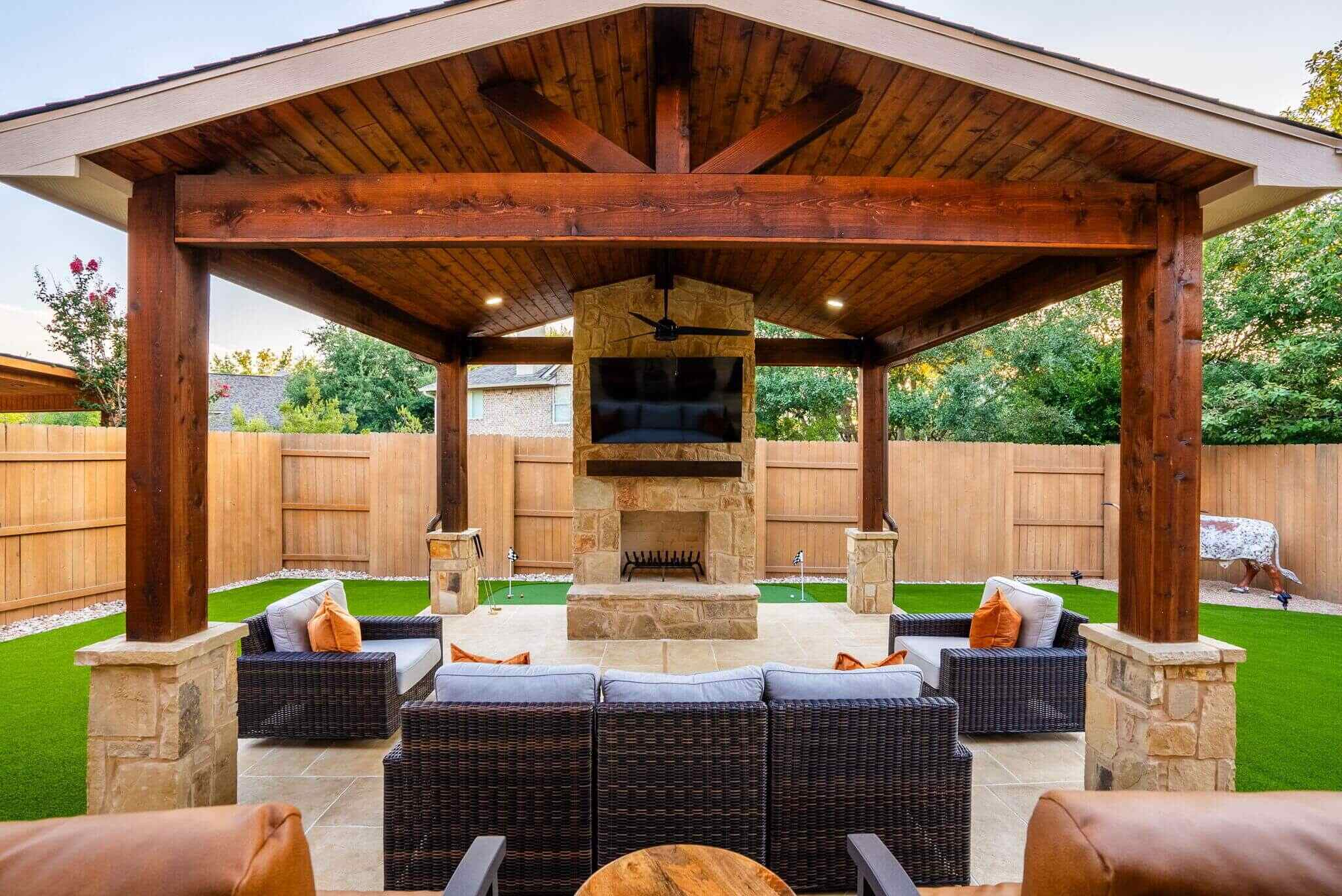
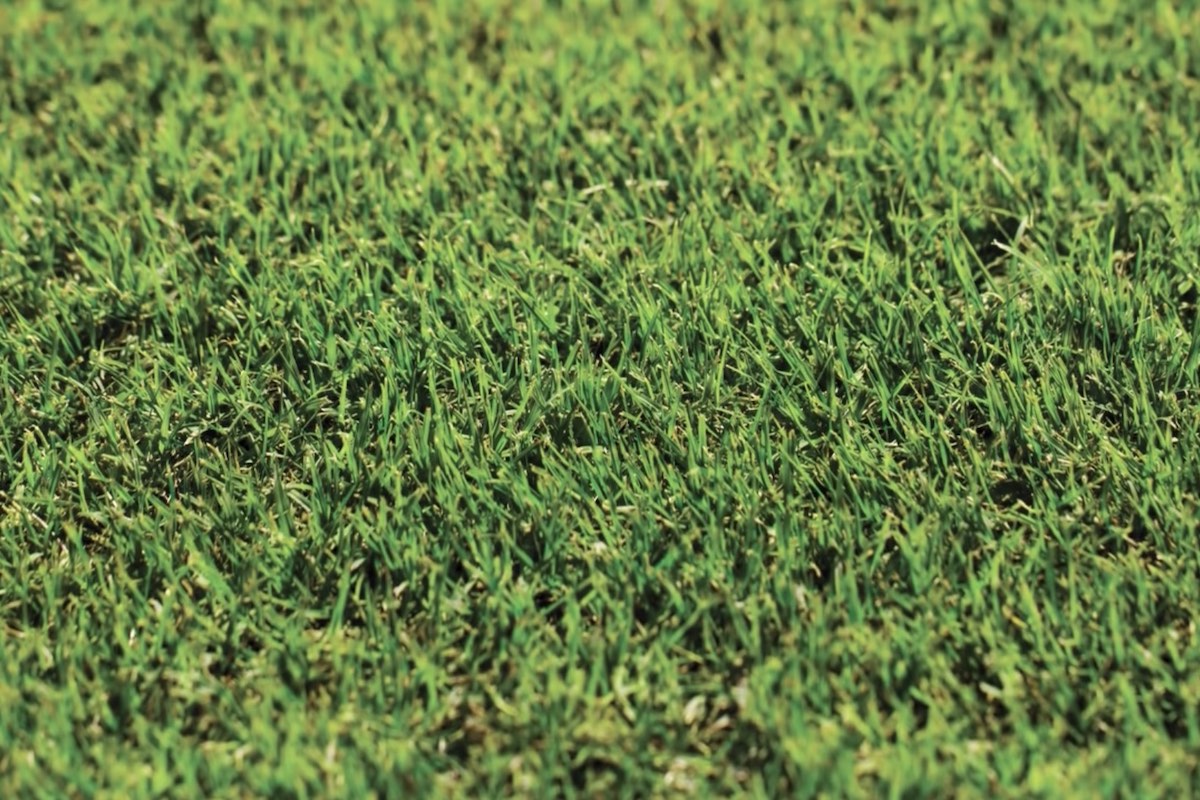
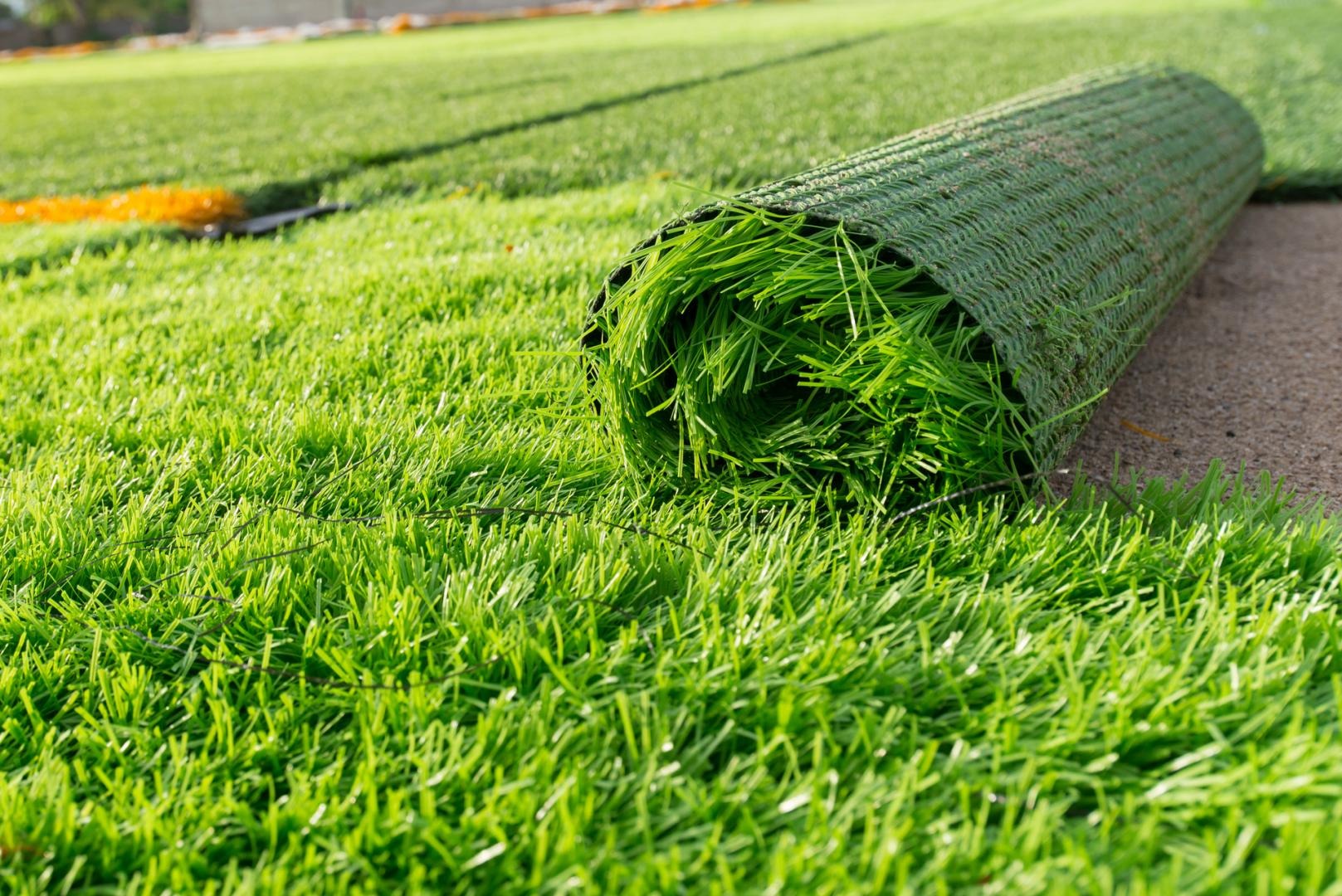

0 thoughts on “What To Call The Strip Of Grass Between The Sidewalk And The Street”